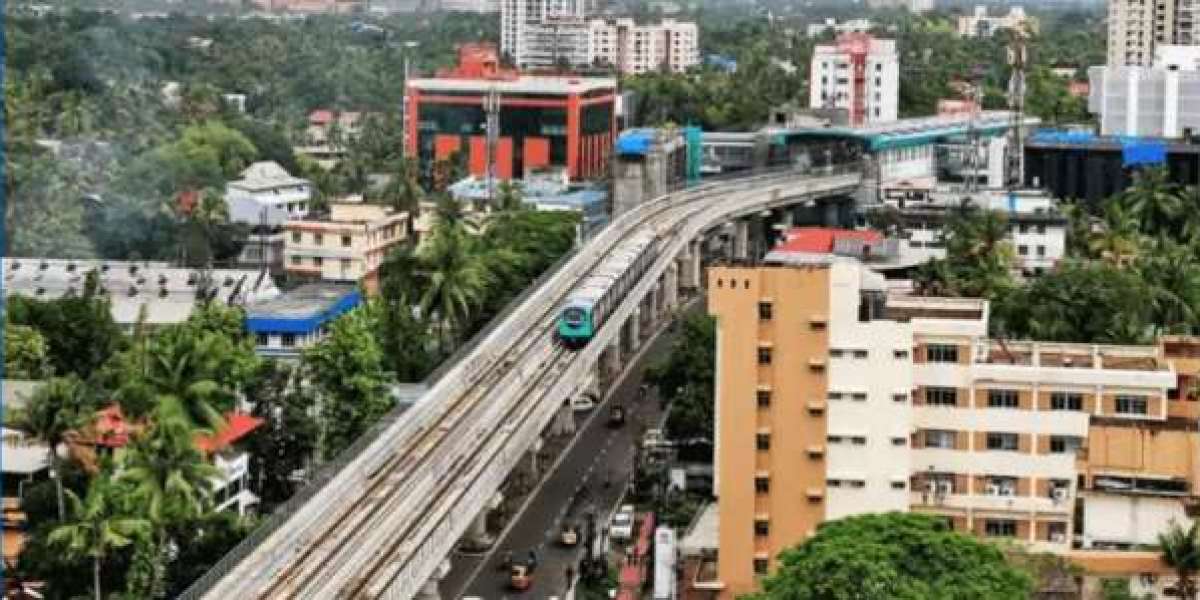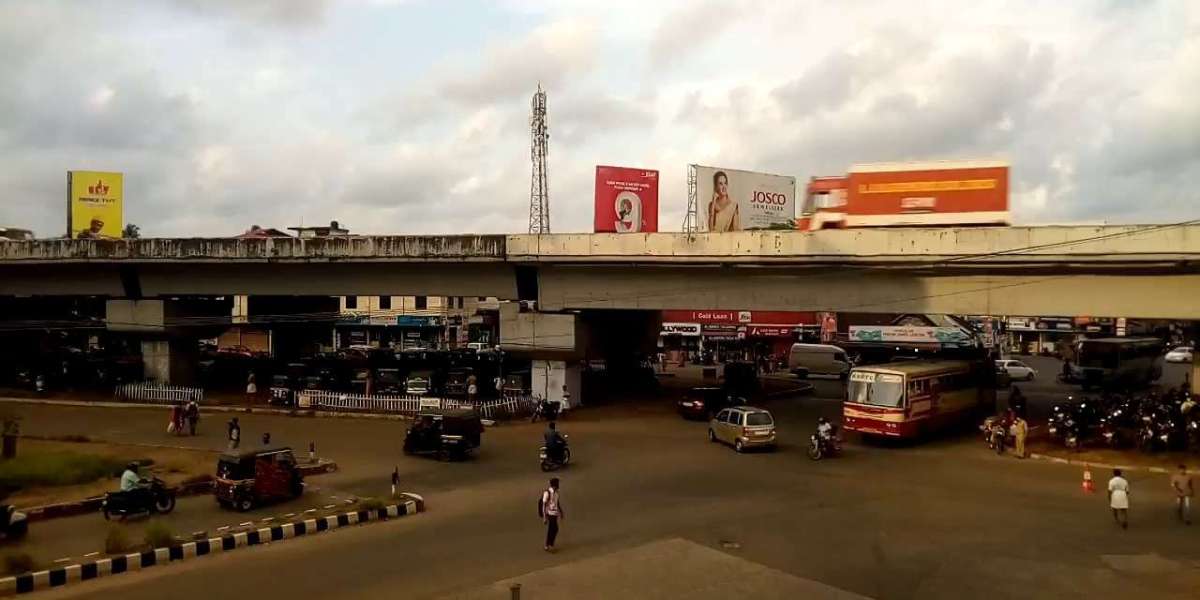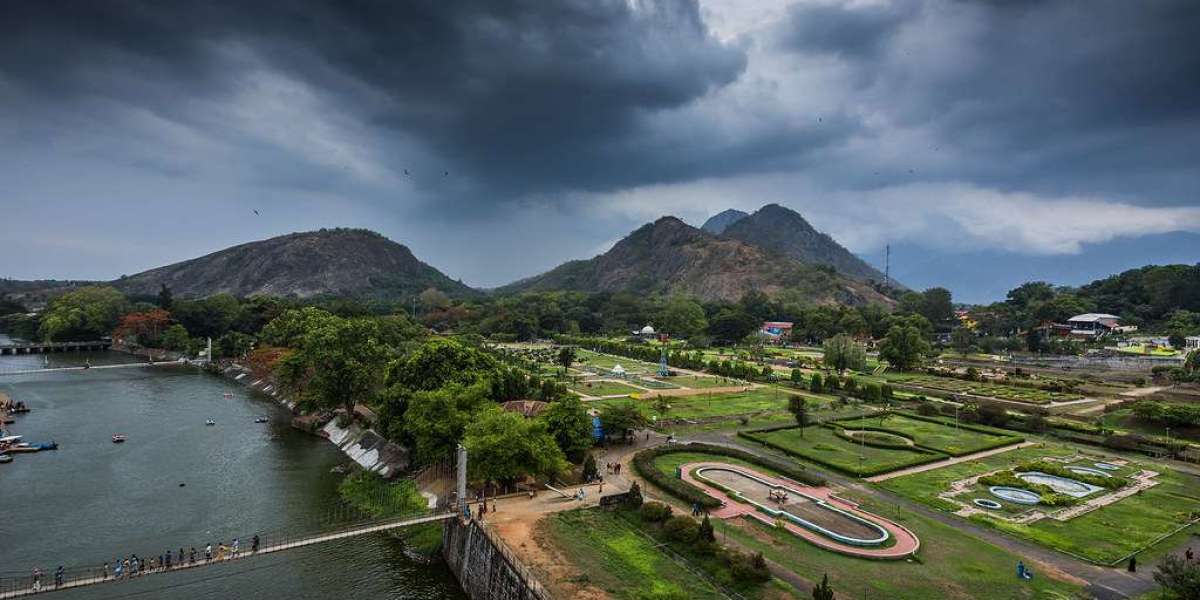Kerala’s Department of Town & Country Planning began functioning in 1957, with its headquarters in Thiruvananthapuram and regional offices in Ernakulam and Kozhikode- initially focused on urban centres, but expanding in 1999 to include rural areas, renamed under the 73rd/74th Amendments
Meanwhile, local self‑governments (LSG bodies)- Gram, Block and District panchayats, municipalities and corporations have had internal town‑planning or spatial‑planning wings for approximately 30 years, coinciding with decentralised planning post‑People’s Planning Campaign launched in 1996–97. Thus, LSG bodies have had internal planning units since the late 1990s, dovetailing with Kerala’s decentralised planning ethos.
The Overlap and Opportunity
LSG bodies already perform planning functions: preparation of local plans, sanctioning building permits, zoning, advising budgets, and implementing schemes. The State Department continues larger-scale master‑planning, policy drafting, and statutory approvals under KMBR/KPBR rules.
This degree of operational overlap creates opportunities:
- Coordination gaps, especially across municipal and rural boundaries.
- Variability in technical capacity among LSG planning wings.
- Repeated duplicate workflows between state and local layers.
How WeOne enhances collaboration
WeOne’s digital platform can bridge these gaps and deliver multiple benefits:
1. Unified digital planning workflow
WeOne can enable synchronized workflows between local bodies and the state planning department, so building‑permit applications, land‑use plans, zoning changes, and statutory approvals flow through a shared digital system, reducing redundancy and delays.
2. Real‑time data & GIS integration
With embedded GIS mapping and dashboarding, local bodies can map infrastructure projects, overlay flood‑risk zones or pipelines, and share spatial layers with the State. The Town & Country Planning Department can review proposals in context, reducing back‑and‑forth.
3. Standardised templates & compliance checks
WeOne can provide integrated compliance (KMBR/KPBR), auto‑validations, and standardized planning templates for LSG‑level plans enhancing technical consistency across panchayats, municipalities, and corporations.
4. Capacity building and knowledge sharing
Local planning wings often vary in expertise. Through WeOne’s training modules, resource repository (e.g. master layouts, heritage guidelines), and peer‑learning forums, smaller LSGs can benefit from departmental best practices.
5. Streamlined communication & tracking
Stakeholders- planners, engineers, secretariats can track application status, send feedback, ask clarifications or escalate issues easily. Citizens can view project status, improving transparency.
6. Analytics for annual decentralised planning
Leveraging the People’s Planning process model, WeOne can help LSGs develop gram/ward-level plans and integrate them into district/municipality-level proposals. The state department receives consolidated dataset for policy analysis or fund allocation decisions.
Specific benefits to stakeholders
For Local Bodies:
- Faster approval cycles and fewer errors.
- Digital traceability helping transparency and citizen trust.
- Shared resources that elevate planning quality even in less‑resourced panchayats.
For Kerala Town & Country Planning Department:
- Access to high-quality local spatial data and consolidated plans.
- Reduced inspection and review burden
- Better coordination across urban–rural interfaces and consistent policy implementation.
For Citizens:
- A single portal to submit applications, track approvals or file grievances.
- More precise local plans, consistently executed under common GIS and compliance frameworks.
Conclusion
WeOne offers a transformative opportunity to digitally harmonise planning operations across local self-government bodies and the Kerala Town & Country Planning arm of the state. With nearly 30 years of local planning operations in LSGIs, integrating them into a unified digital platform will enhance efficiency, transparency, and planning quality—supporting Kerala’s values of decentralised, participatory development.







